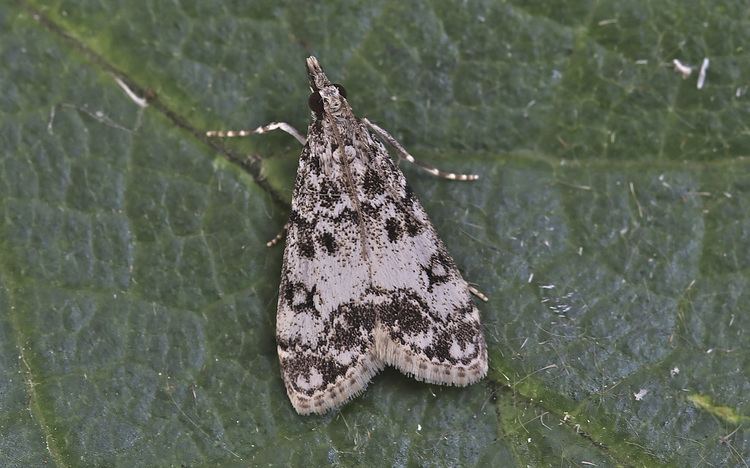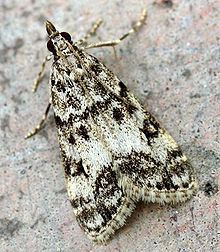Superfamily Pyraloidea Rank Genus | Division Ditrysia Scientific name Eudonia Order Butterflies and moths | |
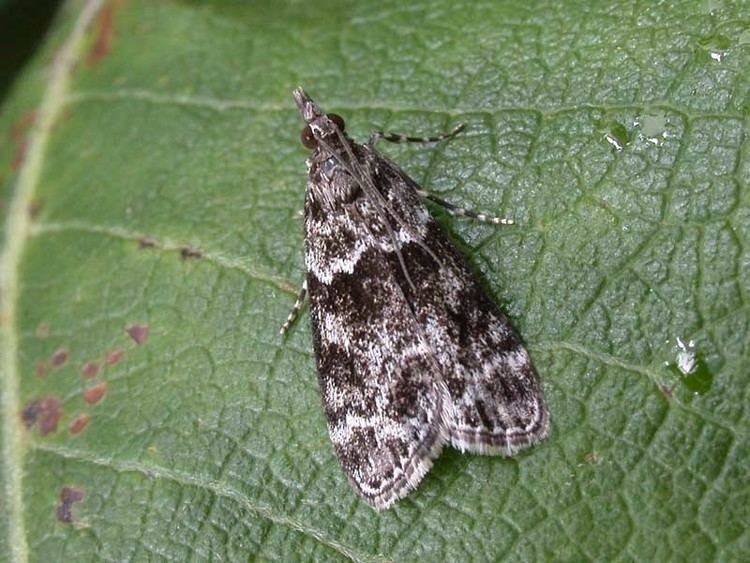 | ||
Lower classifications Eudonia truncicolella, Eudonia lacustrata, Eudonia mercurella, Eudonia pallida, Eudonia delunella | ||
Crambid snout moth crambidae eudonia
Eudonia is a large and widespread genus in the grass moth family (Crambidae), subfamily Scopariinae. There is no common name for the roughly 250 species placed here; new species are still being described regularly. Although the genus was proposed early in the 19th century already, many of these moths were for a long time retained in Scoparia, the type genus of the subfamily and a close relative of Eudonia. A few small genera have been proposed for separation from Eudonia, but given the size of this group this is not particularly convincing; thus, all are retained here pending a comprehensive phylogenetic review.
Contents
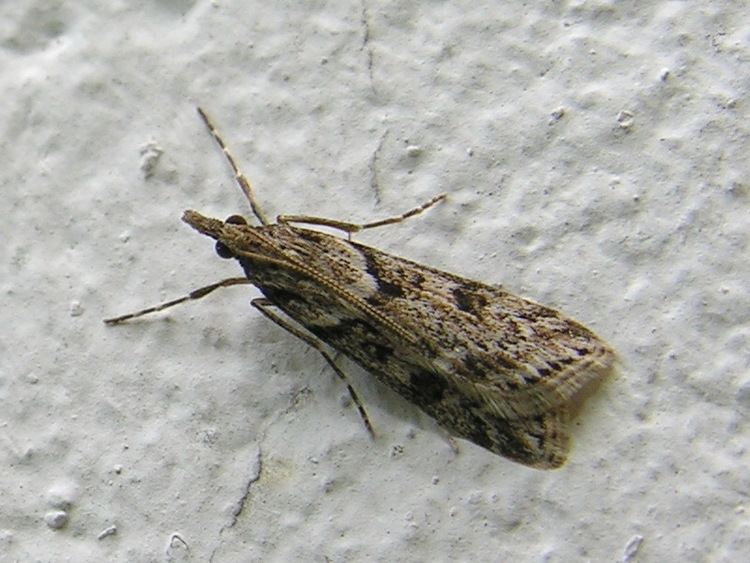
Description and ecology
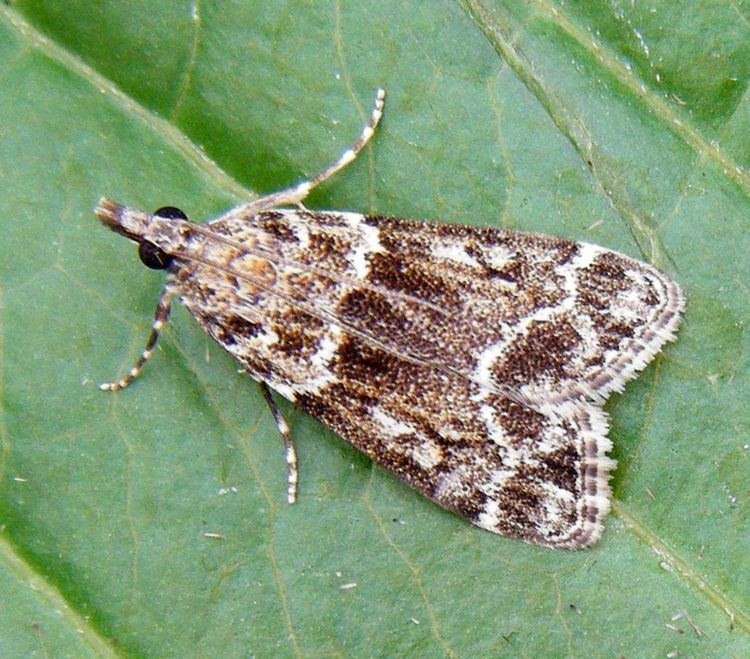
They are usually greyish-brownish and rather inconspicuous moths, though some are more boldly patterned in blackish, pale and even yellow hues. Like their close relatives, they lack the loop formed by forewing veins 1a/1b, and their labial palps are elongated and project straightly, appearing like a pointed "beak". The genitals are of characteristically simple shape in this genus; while they cannot usually be depended upon to differ significantly between species, they allow to distinguish this genus from similar moths. In the males, the clasper's harpe has few if any unusual features, the aedagus is usually a rather nondescript rod, and the vesica bears a characteristic small disc with grainy surface. In females, the ductus bursae is kinked at the junction of the forward (membranous) and hind (sclerotized) parts, with a particularly heavy sclerotized triangle bearing small teeth half-hidden in the kink.
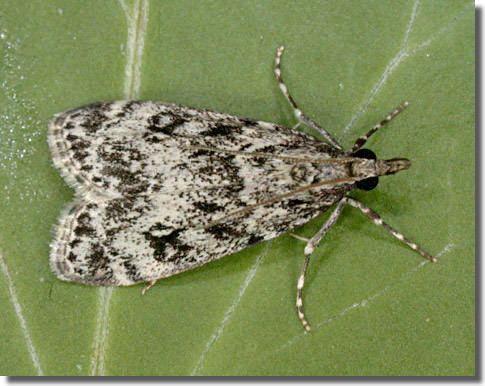
They are common across the world's continents except in deserts, on high mountains, and in glaciated areas. In addition, they are apparently even able to disperse over water well, as evidenced by the Polynesian radiations which occur mainly from Hawaiian Islands to the Austral Islands as well as on New Zealand; several of these island endemics might nowadays be rare or extinct due to disappearance of their foodplants, but overall the genus is not yet very well studied. As far as is known, the caterpillar larvae of most Eudonia feed on mosses, namely of subclasses Bryidae and Dicranidae; some also eat lichen. In a few cases, other foodplants have been recorded or suspected, such as Colobanthus pearlworts or woody asterids of genus Olearia (daisy-bushes).
